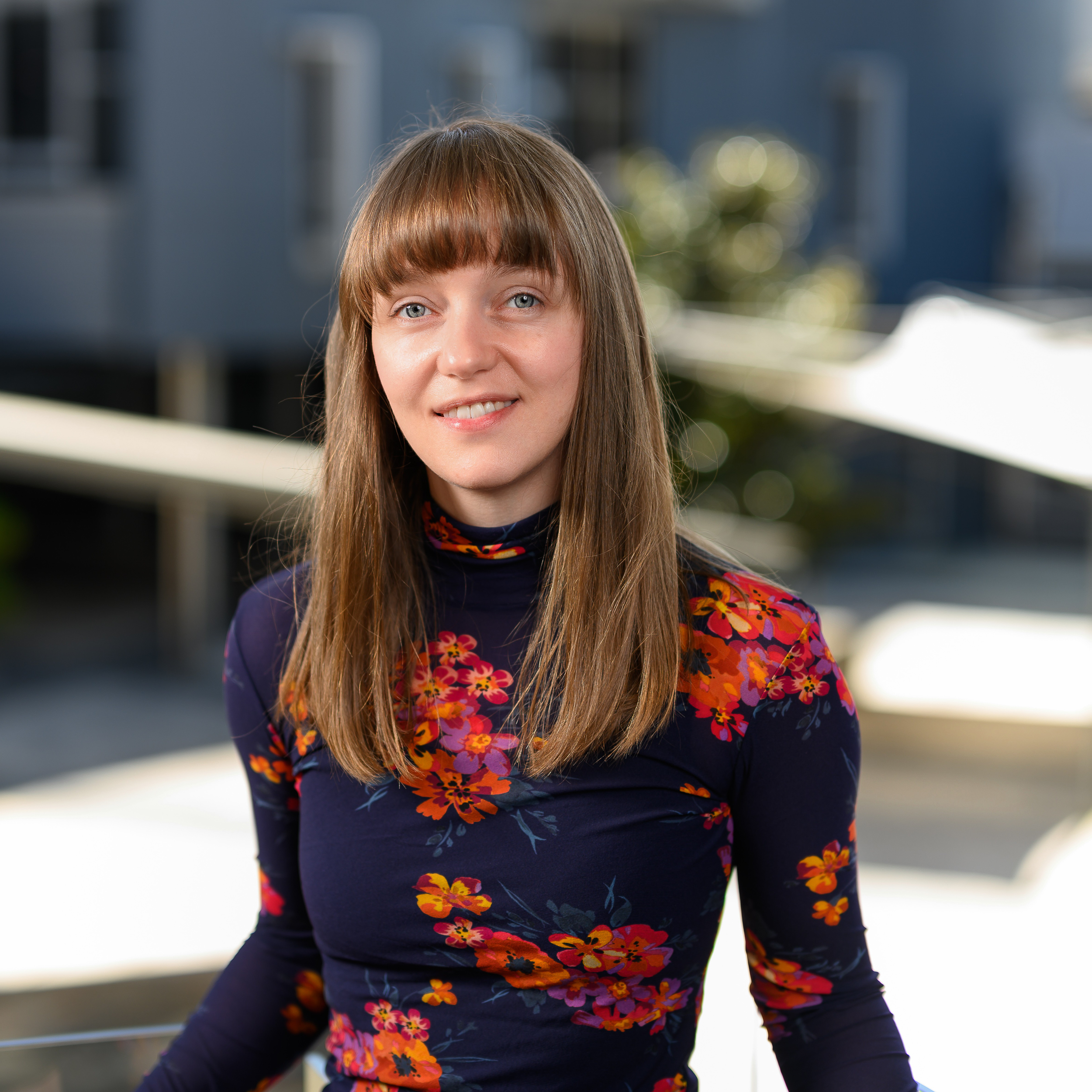Cited By
View all- Skov KFrancombe JRaptis DKjeldskov J(2024)Tuning Shared Living Spaces: Acoustic Comfort through Domestic Sound ZonesProceedings of the 19th International Audio Mostly Conference: Explorations in Sonic Cultures10.1145/3678299.3678300(1-10)Online publication date: 18-Sep-2024
- Dotch EMavrovounioti ADu WAnkrah EJohnson JMin AHayes G(2024)Accessibility through Awareness of Noise Sensitivity Management and Regulation PracticesProceedings of the 26th International ACM SIGACCESS Conference on Computers and Accessibility10.1145/3663548.3675630(1-12)Online publication date: 27-Oct-2024
- Jacobsen RSkov KSkov MKjeldskov J(2023)Barriers for Domestic Sound Zone Systems: Insights from a Four-Week Field StudyProceedings of the 18th International Audio Mostly Conference10.1145/3616195.3616224(185-192)Online publication date: 30-Aug-2023
- Show More Cited By



